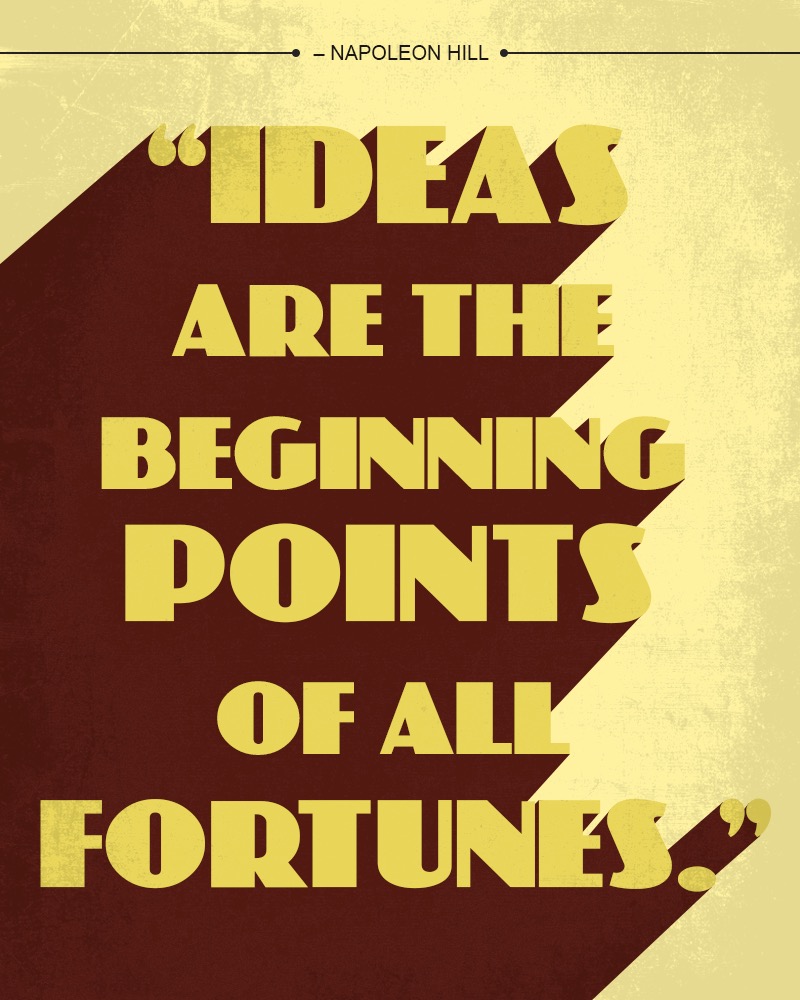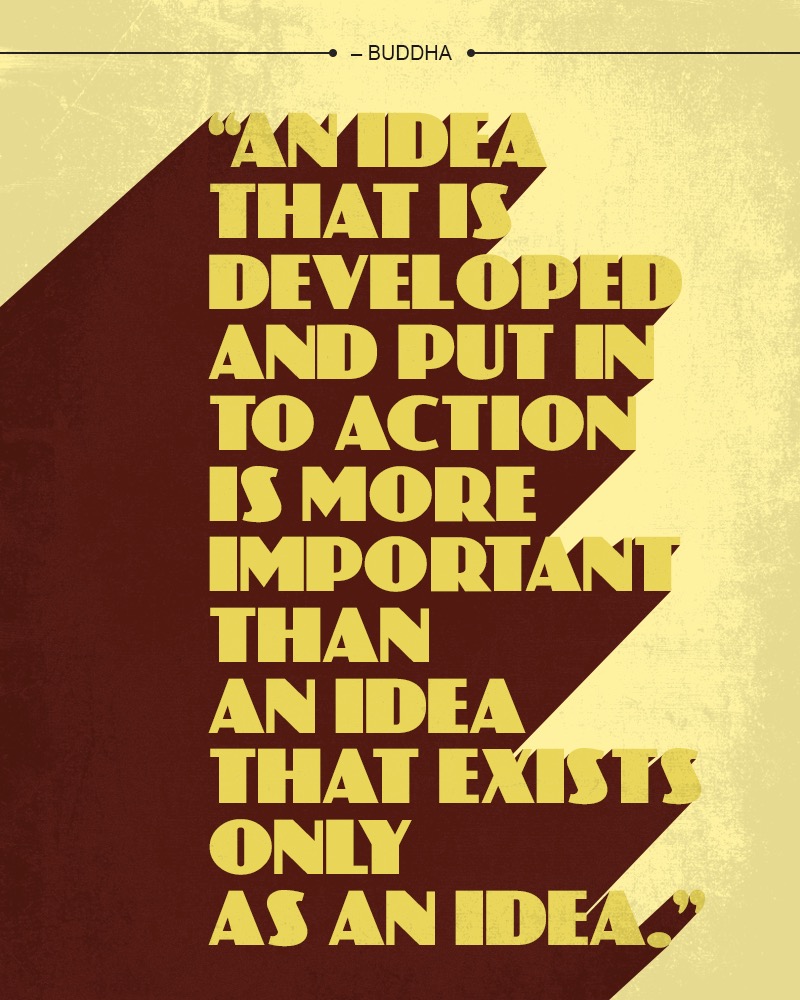The pressure to come up with new ideas can be overwhelming. Constant content creation seems to be a requisite of the workplace these days. Whether it’s your boss demanding innovative ways to improve the workplace, your college lecturer wanting to see a unique approach, or as an entrepreneur recognizing the need to stand out among countless “me too” products, the challenge remains the same: how to consistently generate fresh ideas.

The Myth of Spontaneous Creativity
Can you create a mental spark of new ideas as simply as seeing a spark when you touch two wires together? The answer is – yes, you can.
The first thing you need to do is quit thinking of ideas as things that just happen. You’ve heard of brainstorming, right? That’s a situation where people decide to cognitively generate ideas. They make the decision to create ideas within a timeframe – not to sit around the office for days, weeks, or months waiting for some mysterious muse to appear and give them a sign.
Effective Brainstorming Techniques
1. Document Known Facts and Assumptions
Start by writing down all known facts and assumptions about the subject at hand. Then, for each fact or assumption, ask “what if…?” Take the opposing view in your question.
- “What if something else could create the same result?”
- “What if we didn’t have a specific resource, then how would we create this?”
- “What if everyone called in sick one day, then how would we minimize the damage?”
- “What if I had only 10 minutes to do this – is there a template I could use over and over again to speed things up?”
Always challenge assumptions.
2. Strip Things Away
Often, we get caught up in finding new ideas to add to the existing processes we have in place. But it’s as valid to think about cutting away ideas as it is creating new ones. You might have two different products in mind to create and two different websites to market them through. However, by focusing on cutting out ideas, you may discover that there is a core group who require both products, allowing you to build just one website aimed at that core group.
Ideas that take away work are sometimes more beneficial than those that add to it.
3. Use Different Discovery Tools

Many people swear by mind maps, some prefer word processor documents, and others prefer spreadsheets. Challenge yourself to step away from your comfort zone by using a different medium to dump your ideas into. The process will feel different and make your brain respond differently – often more creatively.
In Summary
Generating fresh ideas doesn’t have to be an overwhelming task. By adopting structured brainstorming techniques, challenging assumptions, stripping away unnecessary elements, and using different discovery tools, you can spark creativity and come up with innovative solutions. The key is to be proactive and intentional about the process, rather than waiting for inspiration to strike randomly.

